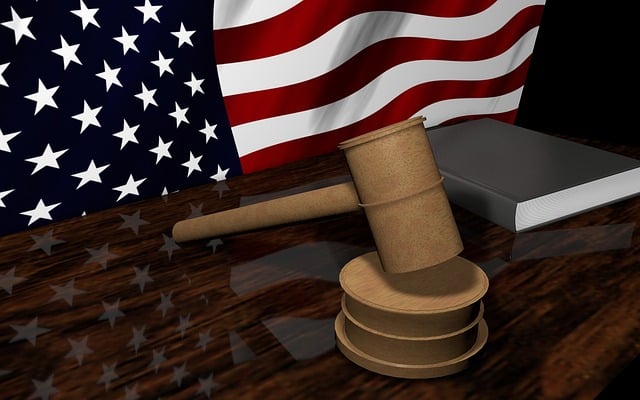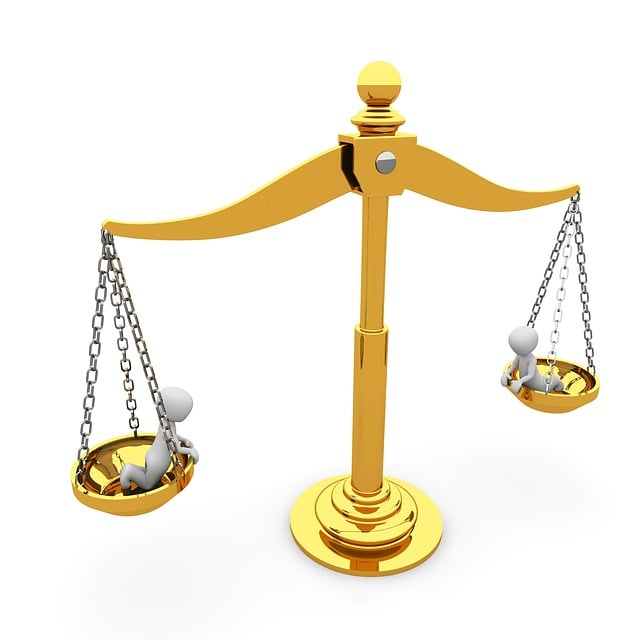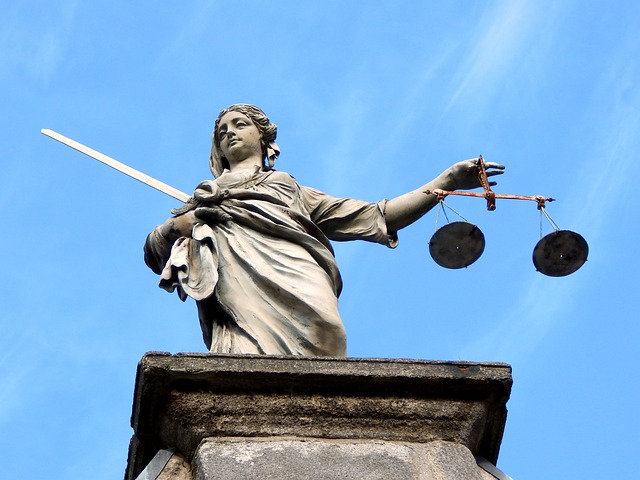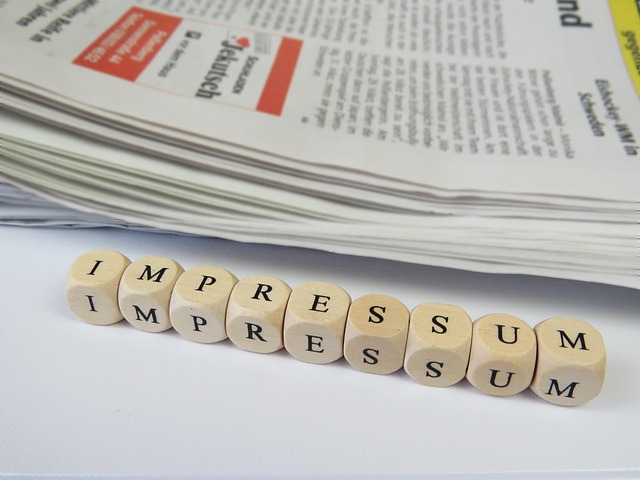The impact of jury demographics on verdicts is crucial for fair public corruption trials, where diverse backgrounds can lead to more balanced judgments. Understanding these influences, including age, gender, ethnicity, and socio-economic factors, helps prosecutors and defenders craft inclusive selection processes. Research shows cultural and socioeconomic biases significantly affect evidence interpretation and witness testimonies, requiring defense strategies that challenge stereotypes for secure, unbiased verdicts.
“Public corruption charges pose a significant challenge to justice, with complex dynamics influencing verdict outcomes. This article delves into the intricate world of public corruption trials, focusing on the impact of jury demographics and biases. We explore how demographic factors and cultural-socioeconomic influences shape jury decisions, potentially leading to disparities in justice. By examining these aspects, we aim to shed light on the importance of diverse juries and mitigate the effects of unconscious biases, ensuring fair trials for all.”
- Understanding Public Corruption Charges: Definition and Scope
- The Role of Jury Demographics in Verdict Formation
- Impact of Cultural and Socioeconomic Biases on Trial Outcomes
Understanding Public Corruption Charges: Definition and Scope

Public Corruption Charges refer to instances where individuals in positions of power or authority misuse their office for personal gain, often involving illicit financial transactions, bribery, and abuse of resources. This form of corruption undermines democratic principles by weakening public trust and distorting the rule of law. The scope of these charges encompasses a wide range of activities, from minor misdeeds to grand-scale fraud, impacting not just the individuals involved but also the respective business and societal landscape.
Understanding the impact of jury demographics on verdicts is crucial throughout all stages of the investigative and enforcement process. Different backgrounds, experiences, and perspectives can shape how jurors interpret evidence and ultimately decide on guilt or innocence. This dynamic becomes particularly relevant when considering high-profile cases involving prominent figures, where public perception and media coverage significantly influence the court environment. Thus, a balanced approach that ensures fairness and accounts for diverse viewpoints is essential for maintaining integrity in the justice system, especially when dealing with sensitive matters like public corruption charges.
The Role of Jury Demographics in Verdict Formation

The composition of juries has been a topic of interest in legal circles, as the impact of jury demographics on verdict formation is significant. Research suggests that the diversity within a jury panel can influence decision-making processes, potentially leading to more balanced and informed judgments. Demographic factors such as age, gender, ethnicity, and socio-economic background play a crucial role in shaping the perspective of each juror. This variety in perspectives can be a game-changer in high-stakes cases, especially when it comes to navigating complex issues like public corruption.
Understanding the impact of these demographics is vital for both prosecutors and defenders alike. A well-crafted jury selection process aims to ensure that all parties have a fair chance at winning challenging defense verdicts. By considering the respective business and needs of their clients, attorneys can develop strategies that resonate with jurors from diverse backgrounds. This approach not only enhances the integrity of the judicial system but also ensures that all stages of the investigative and enforcement process are fairly represented and accounted for.
Impact of Cultural and Socioeconomic Biases on Trial Outcomes

The impact of cultural and socioeconomic biases on trial outcomes is a complex issue that significantly influences the justice system. Jury demographics play a crucial role in shaping verdicts, as individuals from diverse backgrounds bring unique perspectives to the courtroom. Research suggests that biases can affect everything from how evidence is interpreted to the weight given to witness testimonies. For instance, jurors from certain cultural or socioeconomic groups might be more susceptible to certain narrative frameworks, which could sway their decisions. This phenomenon underscores the importance of a balanced jury pool, reflecting the diversity of the community, in ensuring fair trials.
In navigating these challenges, a general criminal defense strategy must address these biases head-on. A winning challenging defense often involves presenting evidence and arguments that resonate with the jury’s shared values and experiences. By doing so, defense attorneys can challenge not only the facts but also the underlying assumptions and stereotypes that might influence the respective business of reaching a verdict. This approach requires a nuanced understanding of both the law and the cultural landscape, aiming to secure challenging defense verdicts that are just and impartial.
Public corruption charges are complex cases that require careful consideration of various factors, including jury demographics and cultural biases. As seen in our discussion on the impact of jury demographics on verdicts and the influence of socioeconomic factors, these elements play a significant role in shaping trial outcomes. Understanding and addressing these biases is crucial for ensuring fairness and transparency in the judicial system. By recognizing the impact of diverse perspectives and experiences within juries, we can strive to make public corruption trials more equitable, ultimately strengthening our democratic institutions.






